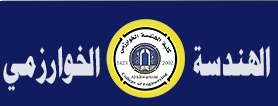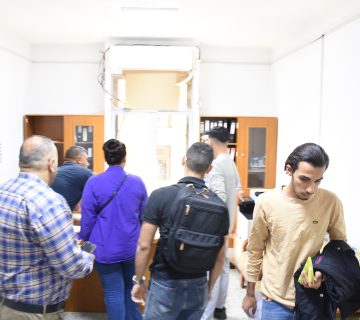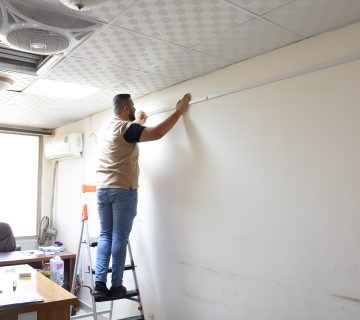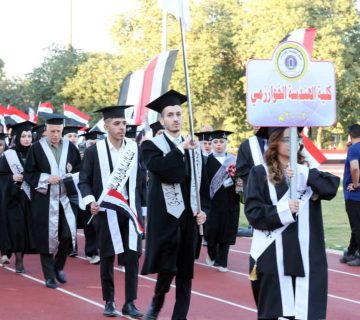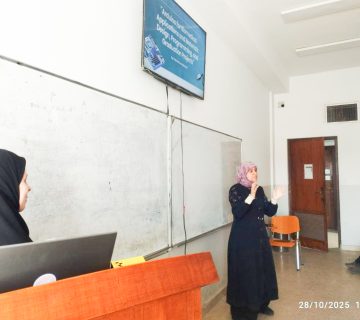نشر بحث في مجلة ( IEEE Transactions on Information Technology in Biomedicine ) العالمية
نشر السيد (
علي حسين علي قدوري ) التدريسي في كليتنا / قسم هندسة الطب الحياتي بحثه الموسوم:
Classification of Finger Movements for the Dexterous Hand Prosthesis Control with Surface Electromyography
في مجلة ( IEEE Transactions on Information Technology in Biomedicine ) العالمية , ويدور البحث حول :
( A method for the classification of finger movements for dexterous control of prosthetic hands is proposed. Previous research was mainly devoted to identify hand movements as these actions generate strong Electromyography (EMG) signals recorded from the forearm. In contrast, in this paper, we assess the use of multi-channel surface Electromyography (sEMG) to classify individual and combined finger movements for dexterous prosthetic control. sEMG channels were recorded from 10 intact-limbed and 6 below-elbow amputee persons. Offline processing was used to evaluate the classification performance. The results show that high classification accuracies can be achieved with a processing chain consisting of Time Domain-Auto Regression (TD-AR) feature extraction, Orthogonal Fuzzy Neighborhood Discriminant Analysis (OFNDA) for feature reduction, and Linear Discriminant Analysis (LDA) for classification. We show that finger and thumb movements can be decoded accurately with high accuracy with latencies as short as 200ms. Thumb abduction was decoded successfully with high accuracy for six amputee persons for the first time. We also found that subsets of 6 EMG channels provide accuracy values similar to those computed with the full set of EMG channels (98% accuracy over 10 intact-limbed subjects for the classification of 15 classes of different finger movements and 90% accuracy over 6 amputee persons for the classification of 12 classes of individual finger movements). These accuracy values are higher than previous studies, whereas we typically employed half the number of EMG channels per identified movement.
)
في مجلة ( IEEE Transactions on Information Technology in Biomedicine ) العالمية , ويدور البحث حول :
)
